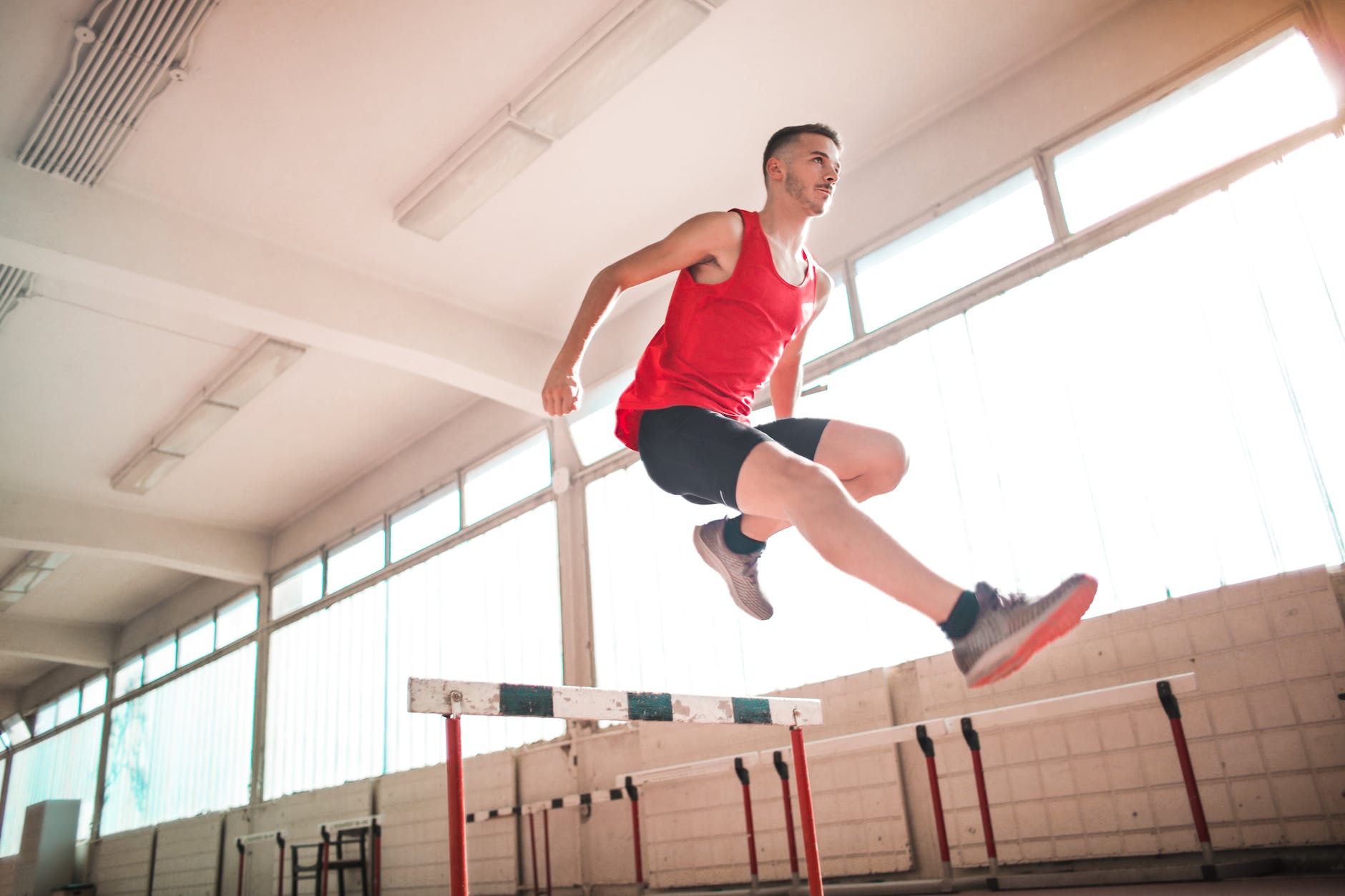It’s no secret that the landscape of sports medicine is continually changing and progressing. For both professional athletes and avid gym-goers alike, finding the most effective way to enhance performance and aid recovery is a perpetual challenge. One trend that has recently emerged into the conversation is the use of cannabis and its various components in regard to athletic performance. As a topic that’s quite controversial, it’s vital to examine the different aspects ranging from the potential benefits of cannabis as a pre-workout supplement to the incorporation of cannabis topicals for sports injuries.
In the bid to understand how cannabis interacts with athletic performance, it is essential first to comprehend the intricate relationship between cannabis and pain management for athletes. For ages, people have used cannabis for its medicinal properties. Recently, there has been a keen interest in its anti-inflammatory properties. This property has prompted studies to be carried out, as well as anecdotal evidence from athletes who claim that it aids in reducing inflammation, thereby enhancing recovery.
Beyond its application for recovery, researchers have dived into how CBD could work as an aid for muscle recovery. The anti-inflammatory properties of cannabis play a significant role here, potentially reducing the inflammation that leads to sore muscles and extended recovery times. While research is still ongoing, preliminary findings are suggestive — drawing attention to the promise of CBD for muscle recovery.
The potential benefits of cannabis go beyond physical well-being, with some athletes and researchers exploring cannabis and focus. The notion is that certain strains of marijuana, in particular, can increase alertness and mental clarity, providing athletes the mental edge that can be crucial during competition.
From training regimens to game-day rituals, professional athletes have begun experimentally incorporating cannabis use into their routines. Numerous stories of cannabis use in professional sports have sparked broad conversations on its efficacy and ethical implications. It’s a fast-evolving area as sports’ governing bodies scramble to update their policies to align with new information and societal attitudes towards the substance.
Like every other supplement, the usage and dosage of cannabis strains for physical activity should also be prescribed carefully. It’s not one-size-fits-all. While using cannabis (or its extracts like CBD and THC), the key is finding a balance. It’s important to know that different strains have different effects and it’s towards this understanding that studies are edging.
In many ways, the study of cannabis and athletic performance is still in its infancy. While anecdotal evidence and preliminary studies point to potential benefits for athletes, from recovery to mental clarity, it remains an area that requires further research.
Likewise, the ethical implications of cannabis use in athletics remains heavily debated. However, as more information comes to light and attitudes towards cannabis in society continue to shift, it stands as an exciting area of exploration within the world of sport and fitness – igniting a conversation that blurs the lines between medicine, wellness, performance and potential.
What remains clear, however, is that the future of cannabis in sports is promising, and with time we are likely to understand how it can be integrated responsibly and beneficially within the athletic community. It is, therefore, not a question of ‘if’ cannabis will become a mainstay in sports but rather ‘when’ and ‘how.’ As we continue to explore these areas, remember that in all things, including cannabis and fitness, balance is key.
